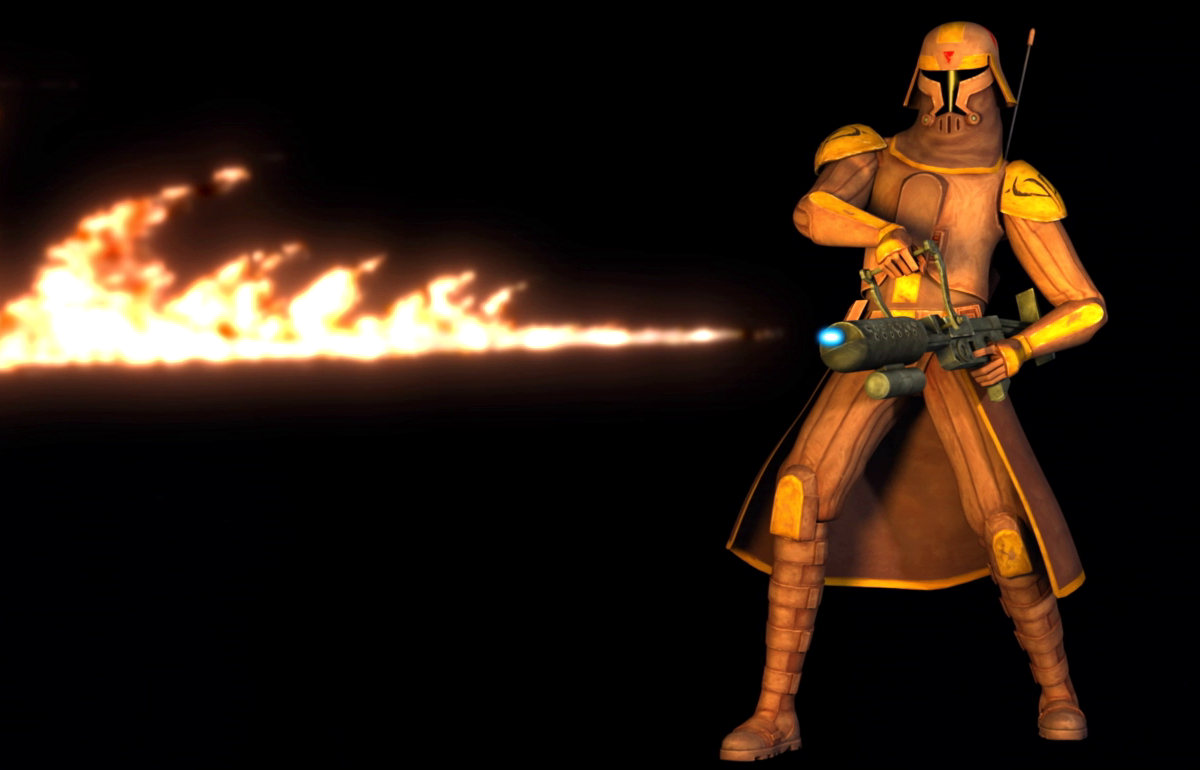
Members of the platoon come from across the armed forces. In 2006 a new rate of Parachute Pay (High Altitude Parachute Pay) was introduced for members of the Pathfinder Platoon following the recommendations of the Armed Forces’ Pay Review Body. The platoon operates in teams of between 4–6 men. The Officer Commanding Pathfinder Platoon is a senior Captain or Major with an Operations Warrant Officer (OPSWO) as his second in command. The platoon work under the command of the Brigade Headquarters in Colchester, Essex. In 1999, 5 Airborne Brigade merged with 24 Airmobile Brigade to form the present day 16 Air Assault Brigade with the platoon remaining attached to the Brigade headquarters.Ĭommand, control and organisation For many years it was not an officially established unit, being financed from other parts of the Brigade's budget. The Brigade identified a requirement for an independent intelligence collection capability, deployable into a hostile or non-permissive environment ahead of the main force so in 1985 the Pathfinder Platoon was established with personnel drawn initially from the patrols platoon of each of the three Parachute Battalions. The brigade was formed from the two Parachute Regiment and one line infantry battalions and support units. įollowing the 1982 Falklands War, 5 Airborne Brigade was established as a light, rapid reaction force for similar requirements. It was deployed to Borneo during the Borneo Confrontation where it was trained as a special reconnaissance unit. The Company deployed on a wide variety of operations between 19. 1 Guards Independent Parachute Company which became the pathfinder unit for the newly formed brigade. Part of this reduction saw the formation of the No. Īfter the war both companies were disbanded and in 1948, the army's parachute force was reduced to the 16 Parachute Brigade. After marking the DZs and LSs The Company was trapped with the rest of the division in the Oosterbeek Perimeter. The 22nd Independent Parachute Company were amongst the lead elements of the 6th Airborne division's drop into Normandy as part of Operation Tonga the 21st Independent Parachute Company took part in Operation Market Garden landing at Arnhem in September 1944.

The 21st Independent Parachute Company served with the 1st Airborne Division and the 22nd Independent Parachute Company served with the 6th Airborne Division.


The units were formed into two companies to work with the two airborne divisions. Their tasks were to mark the drop zones (DZ) or landing zones (LZ), set up radio beacons as a guide for the aircraft carrying the main force and to clear and protect the area as the main force arrive. 3.2 Pathfinder Platoon Selection Courseĭuring the Second World War small groups of parachute soldiers were formed into pathfinder units, to parachute ahead of the main force.


 0 kommentar(er)
0 kommentar(er)
